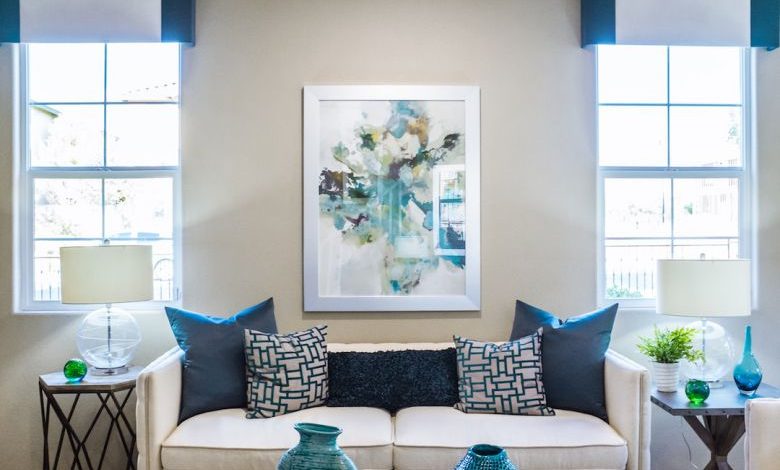What Is the Process for Painting a House?

Painting a house can be a daunting task, but with the right knowledge and preparation, it can also be a rewarding project. Whether you are looking to freshen up the exterior of your home or give the interior a new look, understanding the process for painting a house is essential. In this article, we will guide you through the step-by-step process, from the initial preparations to the final touches.
Choosing the Right Paint
Before you begin painting, it is important to choose the right type and color of paint. Consider the surface you will be painting, whether it is wood, stucco, or another material, as this will determine the type of paint you should use. Additionally, take into account the climate and weather conditions of your area, as certain paints are better suited for different environments. When selecting the color, think about the overall aesthetic of your home and consider any existing color schemes that you may want to complement or change.
Preparing the Surfaces
Proper preparation is key to achieving a professional-looking paint job. Start by cleaning the surfaces you will be painting to remove any dirt, grime, or loose paint. This can be done using a pressure washer, scrub brush, or a combination of both, depending on the extent of the dirt. After cleaning, inspect the surfaces for any cracks, holes, or imperfections. Fill these with spackling compound or caulk, and sand them down until they are smooth. Finally, protect any areas you do not want to paint, such as windows, doors, and trim, by covering them with painter’s tape and plastic sheeting.
Priming the Surfaces
Priming is an important step that helps the paint adhere better and ensures a more even finish. Apply a coat of primer to the surfaces you will be painting, using a brush or roller. Allow the primer to dry completely before proceeding to the next step. This may take anywhere from a few hours to overnight, depending on the type of primer and the weather conditions.
Applying the Paint
Now comes the fun part – applying the paint! Start by cutting in, which means painting the edges and corners with a brush before using a roller on the larger surfaces. This technique helps to create clean lines and prevents the roller from accidentally touching areas you do not want to paint. Once you have cut in, use a roller to apply the paint to the rest of the surfaces. Work in small sections, applying the paint in a smooth and even manner. Be sure to follow the manufacturer’s instructions regarding drying times between coats, as this will vary depending on the type of paint you are using.
Adding Finishing Touches
Once the main surfaces are painted, it’s time to add the finishing touches. This includes painting any trim, doors, and windowsills. Use a smaller brush for these areas to ensure precision. Additionally, consider adding any desired accents or decorative elements, such as stenciling or faux finishes, to further enhance the overall look of your home.
Cleaning Up
After you have completed the painting process, it is important to clean up properly. Remove any painter’s tape and plastic sheeting, being careful not to damage the freshly painted surfaces. Clean your brushes and rollers thoroughly with soap and water or the appropriate cleaning solution for the type of paint you used. Dispose of any leftover paint or empty cans responsibly, following your local regulations.
Maintaining Your Painted Surfaces
Once your house is beautifully painted, it is important to maintain the surfaces to ensure they stay looking their best for years to come. Regularly inspect your painted surfaces for any signs of damage or wear. Touch up any areas that may have chipped or faded over time. Additionally, consider washing the exterior of your home annually to remove dirt and grime that may accumulate.
In conclusion, painting a house involves several crucial steps, from choosing the right paint to properly preparing the surfaces and applying the paint. By following this step-by-step process and taking the time to do the necessary preparations, you can achieve a professional-looking paint job that will enhance the overall appearance of your home. Remember to choose high-quality materials, take your time, and enjoy the process. Happy painting!




